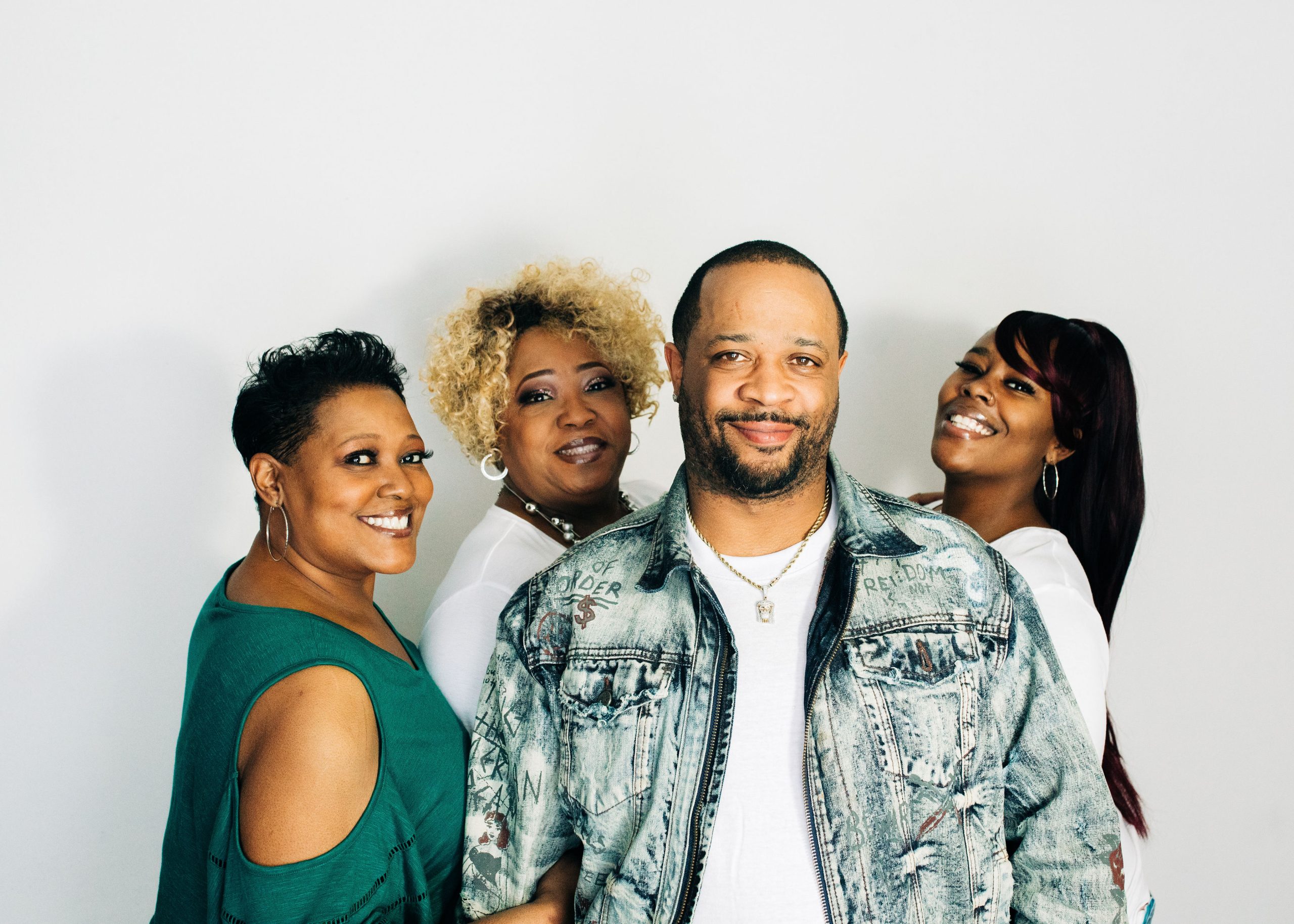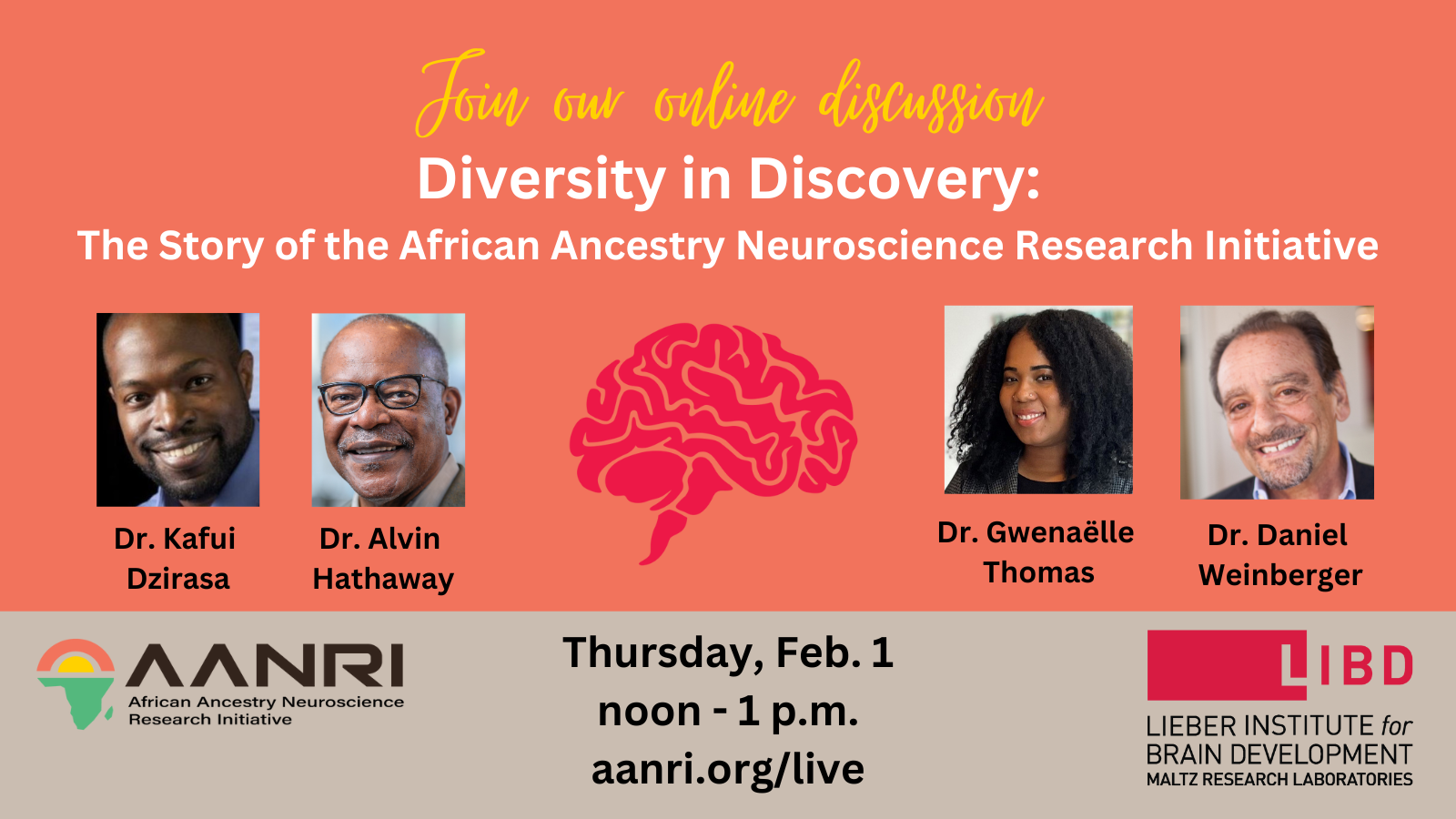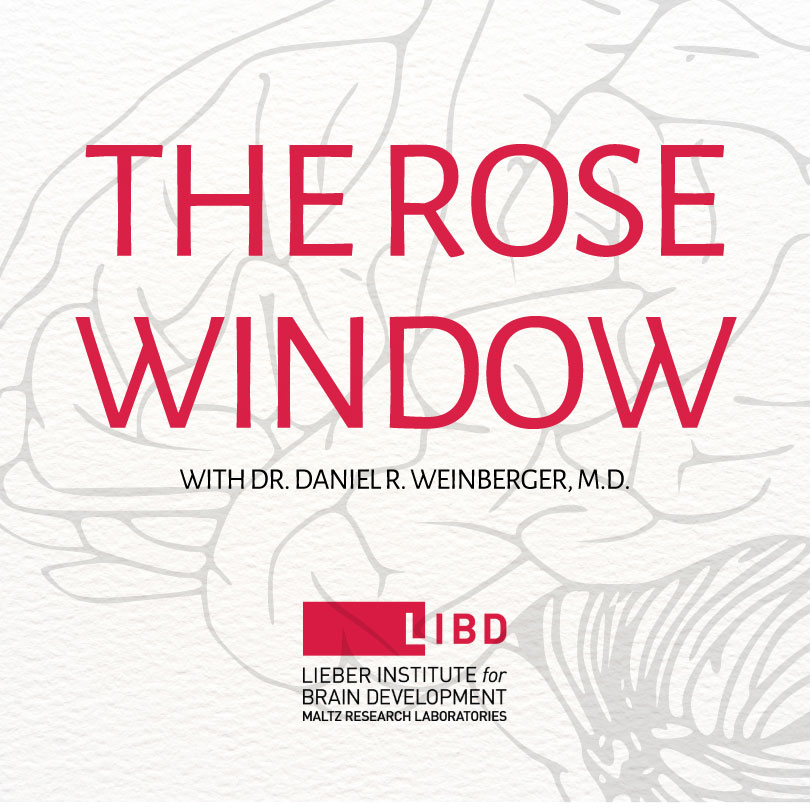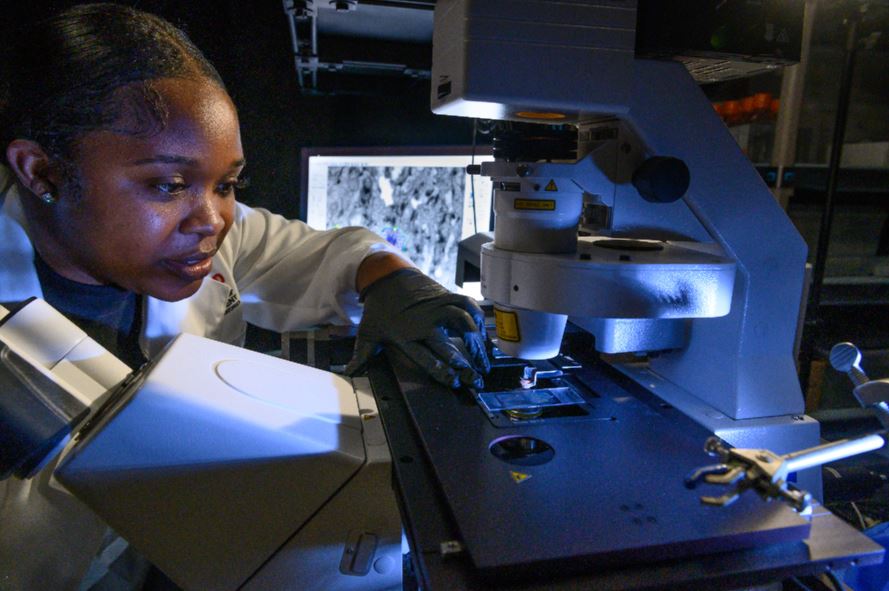
The African Ancestry Neuroscience Research Initiative (AANRI) is a partnership between the Lieber Institute for Brain Development and the Black community to increase diversity in neuroscience research. The Lieber Institute is home to a one-of-a-kind repository of donated brains, including more than 500 from donors of African ancestry. These brains and their genomes are precious research resources that hold the keys to understanding how and why the risks of various mental health conditions vary among people of, for example, African, Asian or European ancestry. Understanding more about each group helps scientists better understand disease overall, hopefully extending the promise of personalized medicine to people of all backgrounds.
Here, Lieber Institute Founding Director & CEO Dr. Daniel Weinberger describes the importance of diversity in neuroscience and the potential of research projects like AANRI.
Why did the Lieber Institute establish the African Ancestry Neuroscience Research Initiative?
The African Ancestry Neuroscience Research Initiative was established to level the playing field in brain research related to different ancestral groups, particularly minority groups. We’ve known for a very long time that all human beings don’t have the same susceptibility to brain disorders or the same resilience from brain disorders. Some of the variation between human beings has to do with their ancestral backgrounds.
What are some examples of differences in brain health that we can tie back to ancestral background?
We’ve known for many years that psychiatric illnesses, depression, anxiety disorders and psychosis are between 20 to 30 percent more common in African American individuals than in individuals of European ancestry. Alzheimer’s disease is about twice as common in individuals of African ancestry compared to those of European ancestry. On the other hand, people of African ancestry are much more resilient to Parkinson’s disease than are individuals of European ancestry. And this story goes across many different illnesses.
This is because the genes in our genome, in our bodies, and our cells are the stories of the ancestors that have contributed to our lineage across many, many, many generations. Genes are the blueprint for building brains and how brains respond to their environment.
What is personalized medicine?
Precision medicine or personalized medicine recognizes that people differ in their genomes, they differ in their environments, they differ in their social behavior, and that makes it obvious that diseases would differ in frequency between different groups based on these personal characteristics. The idea that one size fits all clearly is no longer operative as a scientific approach to these illnesses. The fundamental building block of personalized medicine is how people’s genomes differ.
Our genomes differ because our ancestors differ. These genomes we inherit from our parents, who got them from their parents, who got them from their parents. These family trees grow increasingly florid over many generations.
And each of these distant ancestors contributes a tiny bit of their genomes to our individual genomes. This is why none of us are the same; we don’t have exactly the same ancestral trees.
Have scientists incorporated diverse genomes into personalized medicine research so far?
Personalized medicine so far has been based on what’s called the human genome reference sequence, which was the great achievement of the Human Genome Project— the linear sequencing of the three billion letters in the human DNA alphabet.
But this DNA was principally from one person. About 70 percent of that genome was one person, who was principally a person of European ancestry. So, most of the human genome has variations characteristic of European individuals and not individuals of African ancestry.
Individuals of European ancestry represent about 15 to 20 percent of the world population, yet 90 percent of brain research has been done on this group.
What would genuinely personalized medicine look like?
As of now, most of the research that has been done in personalized medicine has not been for all people. Hopefully, studying more diverse genomes will make personalized medicine benefit all people.
We’re hoping to make personalized medicine not just a catchy phrase but a reality. We will use this approach to understand how ancestry changes the brain’s susceptibility to illness. We will identify factors that scientists could target to reduce individuals’ liability of illness.
Interestingly, studying how African ancestry affects the susceptibility of the brain to certain illnesses, as well as its resilience to other illnesses, provides clues to how to treat these illnesses in people who are not of African ancestry. So, diversity in research really has a much broader ultimate impact than one ancestral group.
What benefit will the Black community see from AANRI and projects like it?
The African American community will be very positively impacted by the results of these studies. We will identify so-called genetic scores that explain a given individual’s likelihood of having a stroke or Alzheimer’s disease Parkinson’s disease, for example, or schizophrenia or depression. Hopefully, that information will be of value to clinicians. It will help doctors identify people at increased risk so they can reduce other risk factors, leading to better patient outcomes and better health for all.









